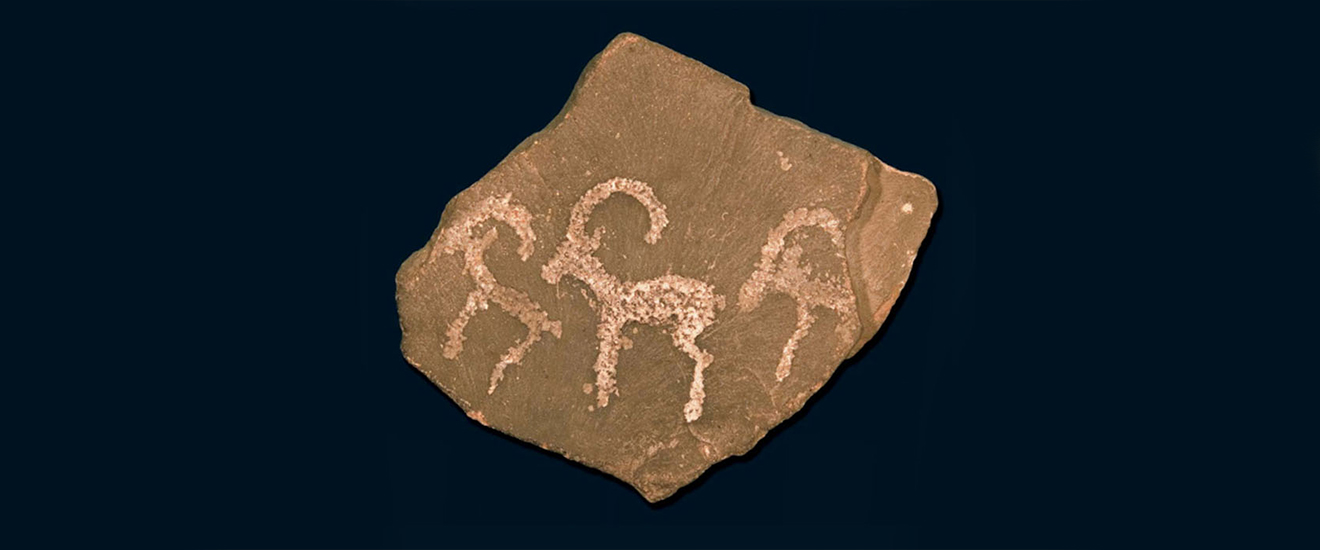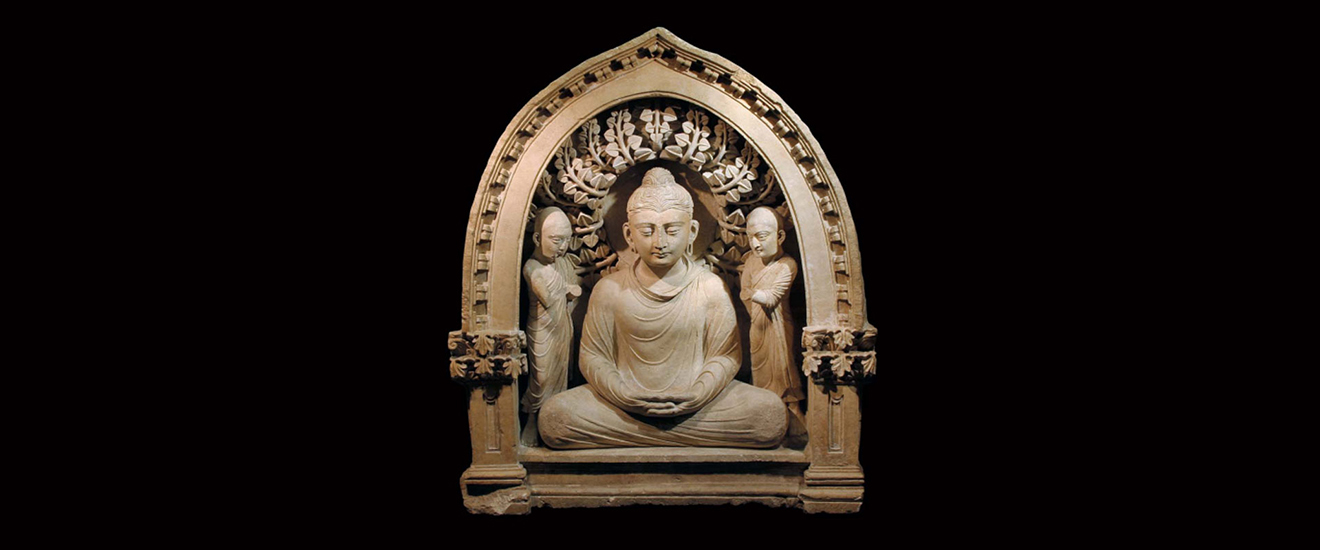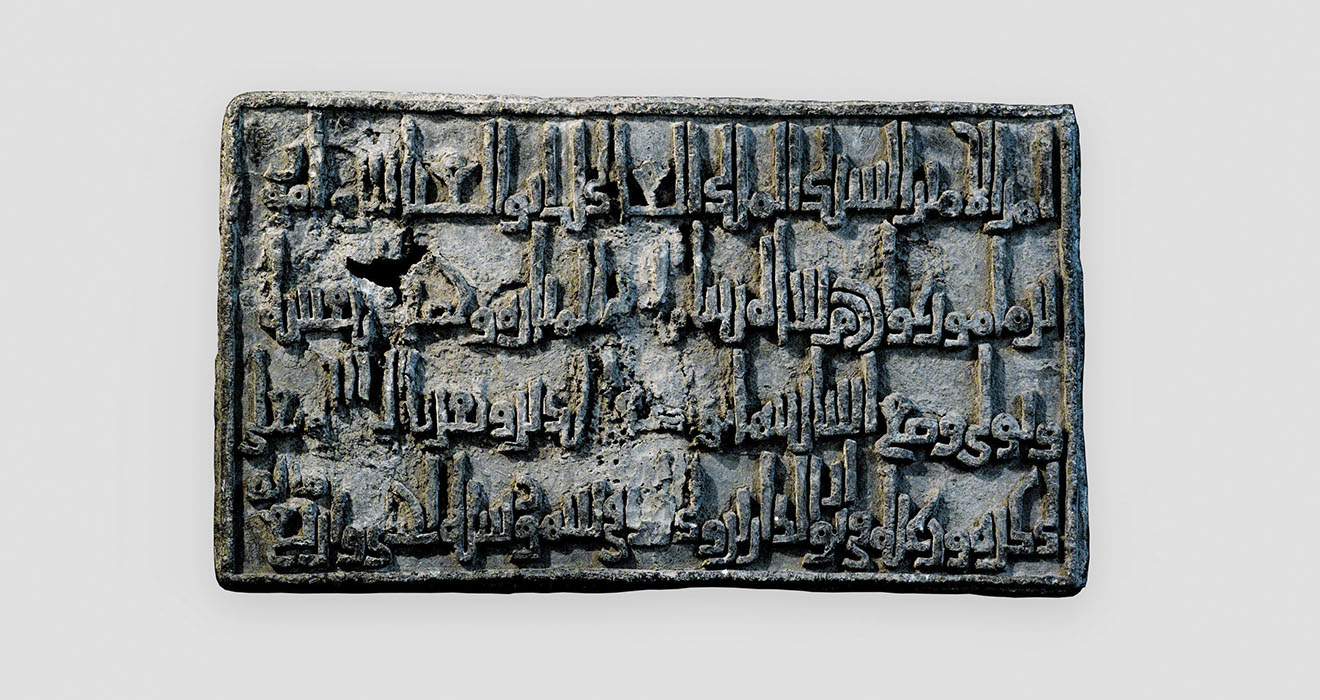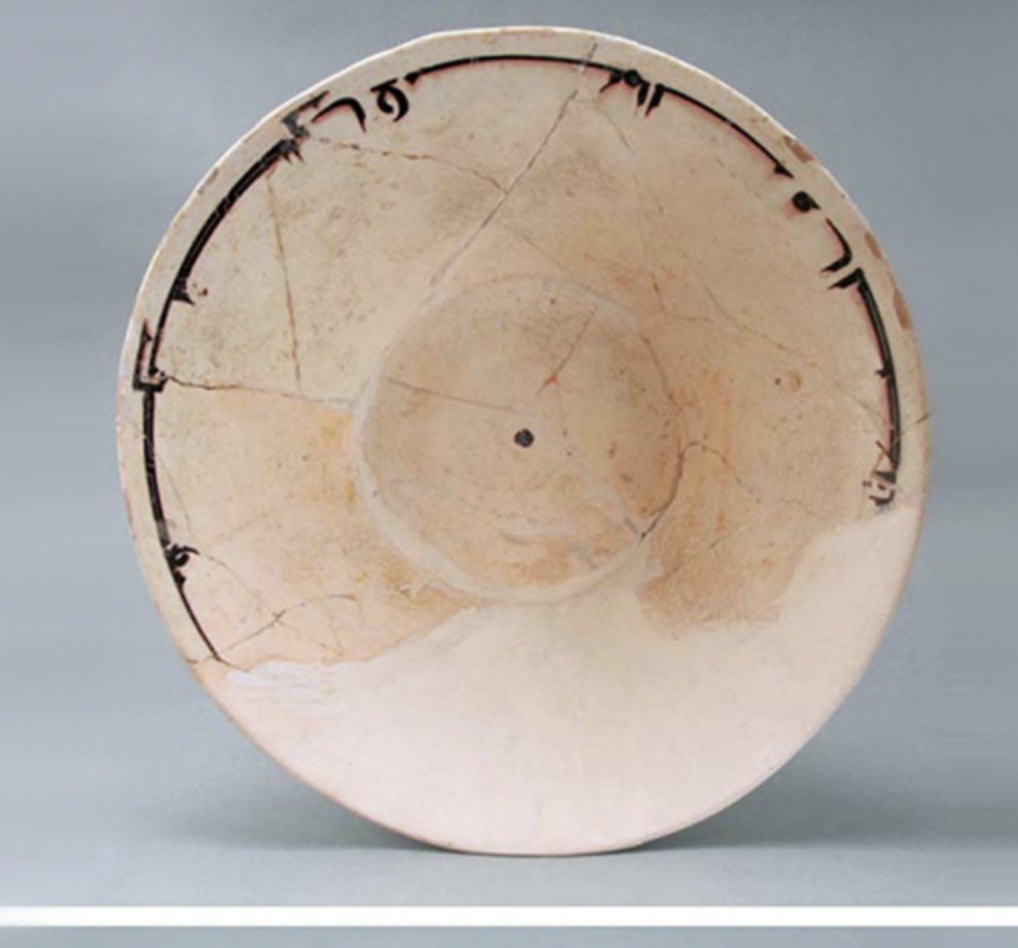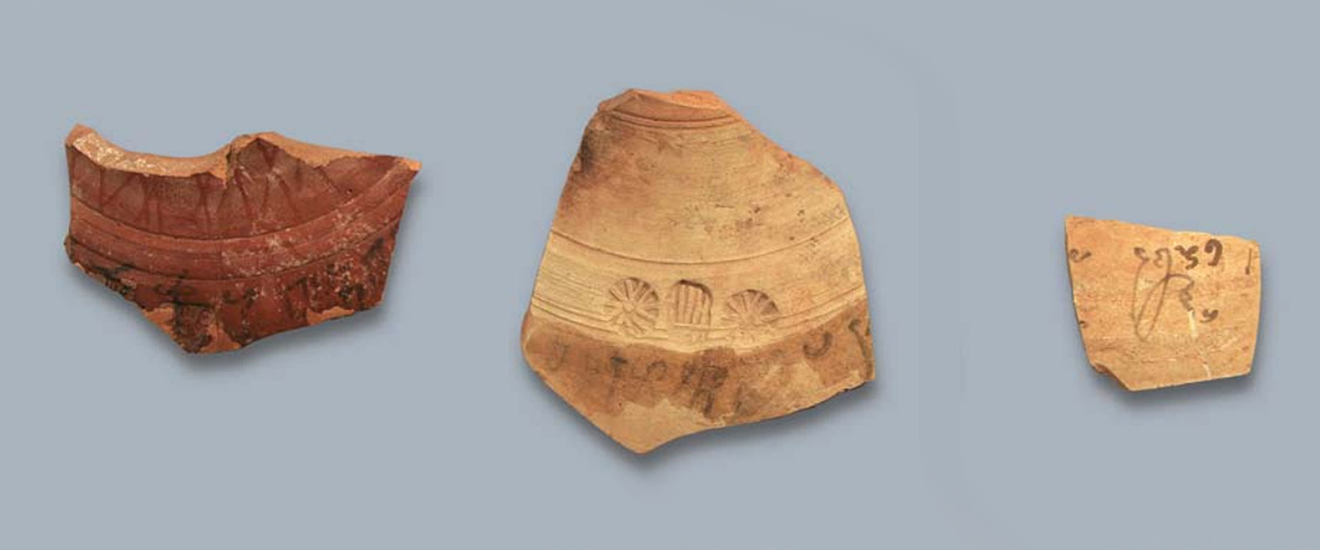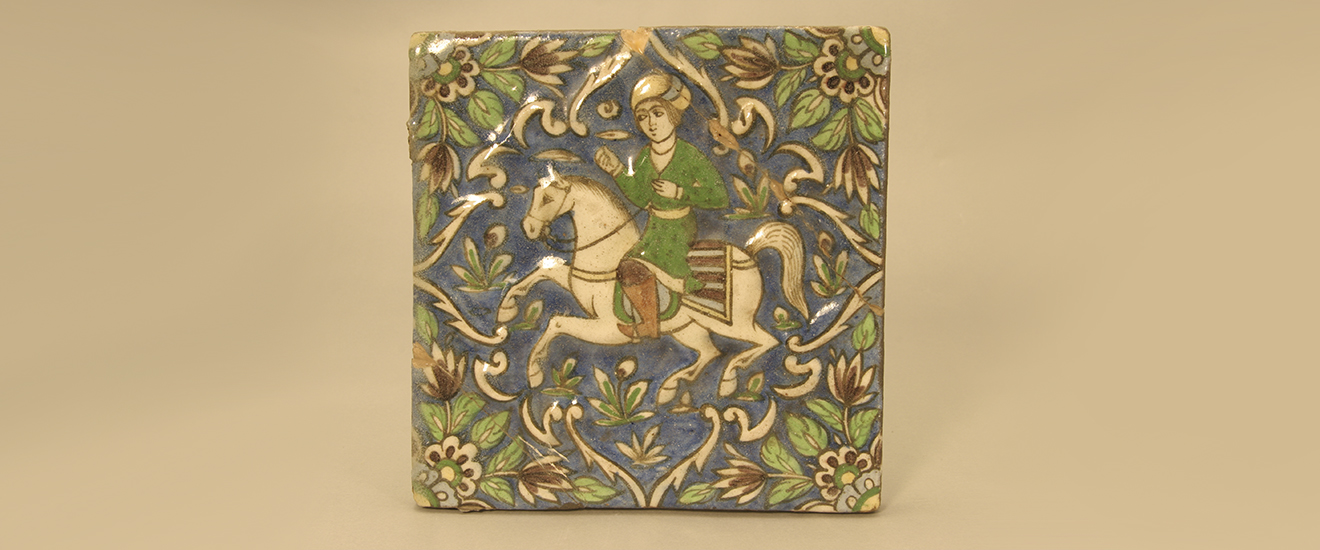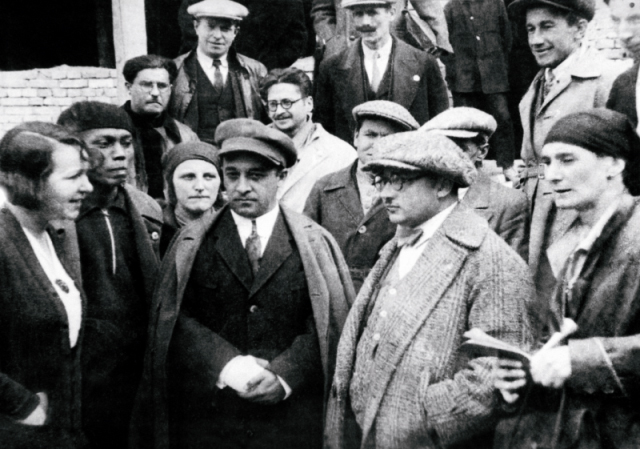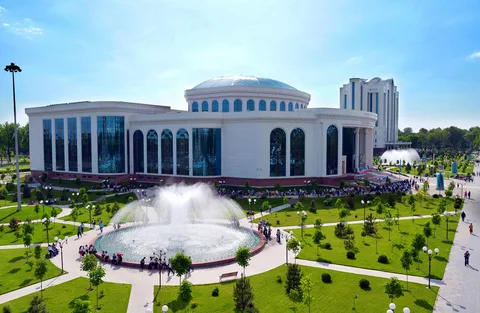The State History Museum of Uzbekistan was established in 1876 and is one of the largest scientific-educational institutions in Central Asia. As a multi-discipline establishment, the museum fulfills a number of functions. It serves as a scientific research institution, it is the largest custodian of artifacts representing the material and spiritual cultural heritage in Uzbekistan and it is a centre of dissemination of historical knowledge. The museum has been included in the composition of the Academy of Sciences of the Republic of Uzbekistan since its foundation in 1943.

Immerse yourself in the world of history
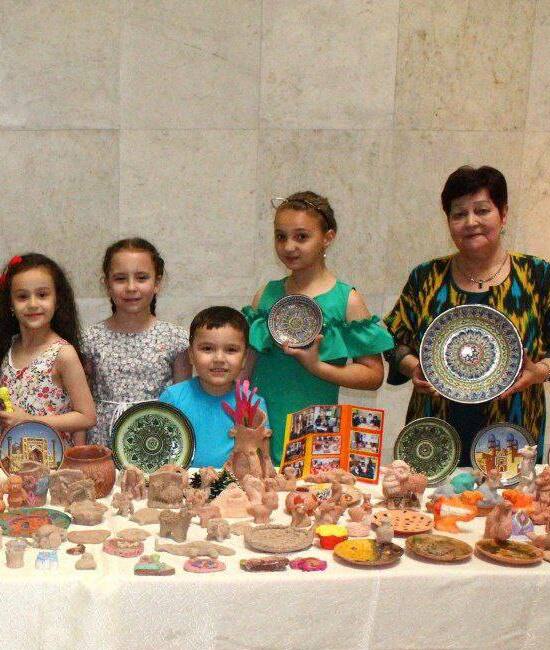
The department “Miracle world” for the children was opened for the first time in Tashkent on August 19, 2011 at the State museum of History of Academy of Sciences of Uzbekistan.
